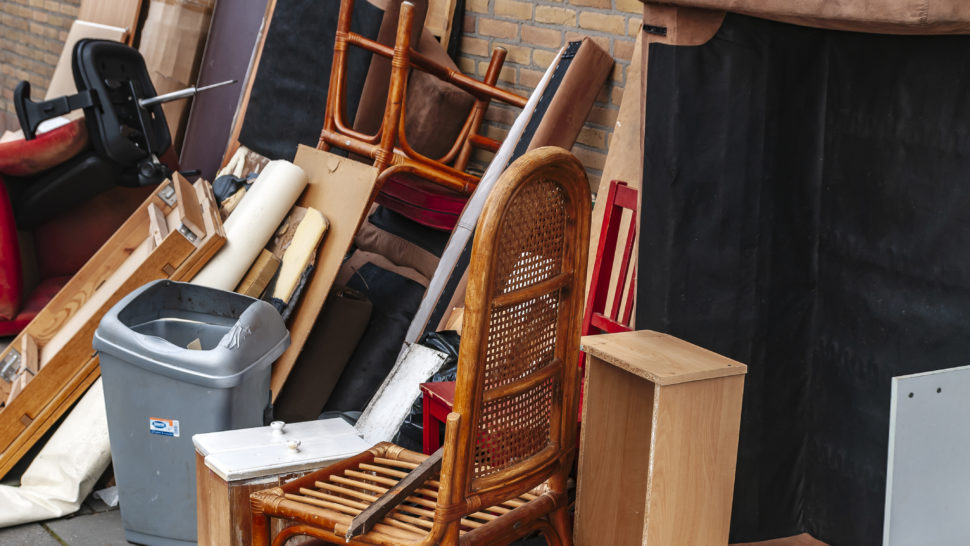How to Address Hoarding in Your HOA


Hoarding is a prevalent issue in condominiums and homeowners associations. While clutter all over a resident’s yard can diminish curb appeal, hoarding can bring more serious nuisances such as odors, pest or rodent infestation, structural distress, and safety hazards, especially in buildings with shared hallways, walls, ceilings, and HVAC systems.
Nuisances are generally defined as conduct that interferes with another resident’s quiet enjoyment of their home or unit and creates conditions that are hazardous, noxious, offensive, or a violation of a law. Association governing documents typically contain some language relating to nuisances, although it’s generally not very specific.
Most hoarding problems are tied to mental health issues, which means that board members and community managers must tread carefully. “For the most part, the main reason (a resident) can’t clean up (the clutter) is that they don’t have the skill set, and emotions are in the way,” says professor Gail Steketee, dean of Boston University’s School of Social Work and co-author of Stuff: Compulsive Hoarding and the Meaning of Things.
She suggests identifying someone in the association who has the best relationship with the hoarder or who is most comfortable addressing difficult problems to make the initial approach. Eventually, a person representing the association’s interest in terms of health and safety can be brought in to explain why the clutter needs to be removed.
Associations may employ other methods for handling hoarders. Brendan P. Bunn, a shareholder at Chadwick, Washington, Moriarty, Elmore & Bunn in Fairfax, Va., and a fellow in CAI’s College of Community Association Lawyers (CCAL), says that association leaders should contact family or social service agencies that can help determine the hoarder’s behavior and address the core problem.
He also recommends reaching out to the local government or fire marshal for assistance. “In many jurisdictions, local governments have instituted programs through zoning and code enforcement departments to deal with hoarders,” notes Bunn. “Your tax dollars pay for these services, so at least give them a try before spending money on legal counsel.”
If the hoarding problem remains unresolved, a board can file letters asking the resident to clean up the clutter to show evidence that the association sought voluntary compliance before taking legal action, which is important to prove the association’s commitment to fairness and due process. The letters should include a notice to the hoarder that he or she may end up paying the association’s legal fees if court action is required, says Bunn.
In addition, most governing documents give the association the right to inspect a unit if violations are suspected. Taking photos from various angles to document the hoarding will allow the association to show the seriousness of the situation if the case goes to court, Bunn notes.
“These steps may sound daunting, but they are worth consideration,” he adds. “Hoarder problems do not solve themselves. Your fellow homeowners will appreciate the resulting improvement in their lives and property values.”
HOAresources.com explores questions and comments from community association members living in condominiums, homeowners associations, and housing cooperatives. We then assemble trusted experts to provide practical solutions to your most commonly asked, timely questions. We never use real names, but we always tackle real issues. Have a question or comment about your community association? Submit here for consideration:
Join CAI’s online community for access to the industry’s most in-demand community association resources.
Thousands of your peers are sharing advice.
Kiara Candelaria is associate editor for CAI’s print and digital publications.